Houseplant Pest Guide
Stop the Problem Before it Starts
Always check a plant over for pests before you purchase.
Look at the plant’s overall health, checking for correct leaf texture and consistent coloring. There will almost always be small imperfections from shipping or normal wear and tear, but there should not be dark spotting or discoloration across the entire plant.
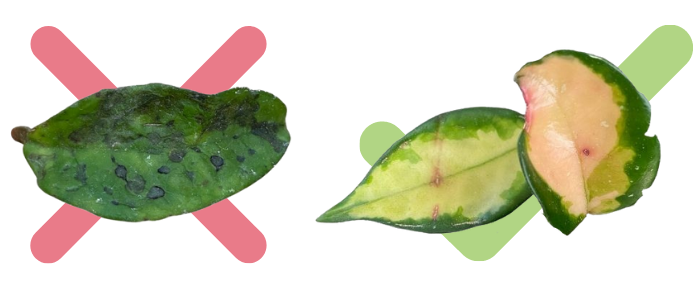
Look very closely at the leaves, particularly underneath near the area where the stem meets the leaf. If you see any small white or brown/black dots, show it to a nursery employee. They will be able to confirm if the dots are actually pests or simply dust/dirt.
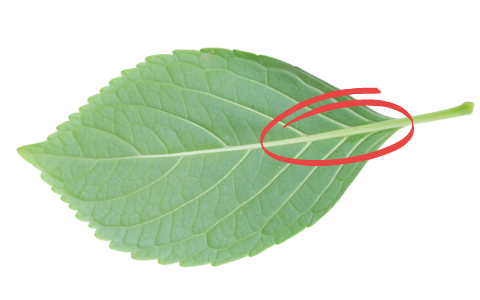
Dig your finger through the dirt at the base of the plant. Look for anything moving around or flying out of the pot. Any pests that you find in the dirt will generally be much easier to get rid of, so if you see something, just be aware that you will need to treat the plant when you get home.
Always quarantine your plants when you get home. Even if you checked them over at the nursery, there is a chance that some pests snuck under the radar. The safest practice is to keep your new plants in a separate room from any other plants for about a week. Recheck your new plants every day and treat as necessary. All pests spread easily between plants, so you are protecting yourself (and your plants) from a larger problem if you quarantine any new purchases.
Identifying the Culprit
Identifying pests in your houseplants can sometimes be difficult. Many of them are so tiny you cannot see them with your bare eyes, others are more obvious. The following descriptions can help you identify which pests are “bugging” your houseplants.
Fungus Gnats
Effect on the Plant
Fungus gnats do not often cause enough damage to a plant to be noticeable. However, the larvae does feed on the roots of plants, so if an infestation is bad enough, they can kill your plants.
Appearance
Adult fungus gnats look a lot like the common fruit fly, but with a longer abdomen that comes to a point at the back. They range from light brown to black in color.
Fungus gnat larvae range from yellow to white with dark brown tips on one end.
Fungus gnat eggs are small, round, semi-opaque and white in color. They are usually found stuck together in a bunch.
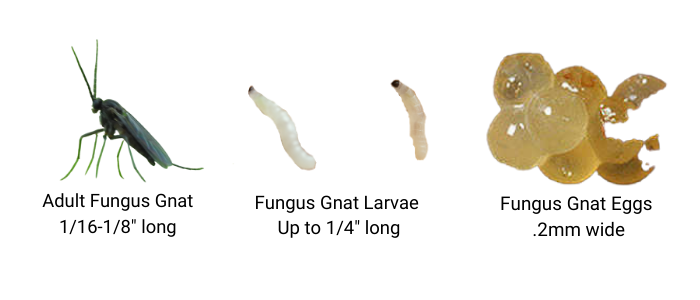
Solutions
Fungus gnats are attracted to consistently damp soil – so the first solution is to let your soil dry out as much as possible before watering again. This will make your soil less tempting for them to lay their eggs in.
You can also set out yellow sticky traps to catch and kill the adults. This will help with keeping the population down.
If you have a worse infestation, the most aggressive way to get rid of fungus gnats is with Mosquito Bits. Mix 5-6 tablespoons of Mosquito Bits with a gallon of water and let them sit for at least 24 hours. Then use this tea to water your plants. It will make the soil inhabitable for the adults and will kill any larvae or eggs that are already present in the soil. You may also layer the Mosquito Bits over the soil (ensuring to cover the entire surface) and then water as usual; however, this method can cause white mold to grow on the surface of your soil. The mold is harmless to you and your plants, but it can be unsightly. You will want to treat with Mosquito Bits for at least 4 weeks (depending on the frequency of watering) to break the life cycle.
Always follow the directions for your safety and the safety of your family, pets and plants.
Usually a combination of all three methods is the best way to completely get rid of fungus gnats. Once you have eradicated the original infestation, you can continue to water with Mosquito Bit tea once every other month to stop them from reappearing.
Spider Mites
Effect on the Plant
Spider mites also feed on the liquid stored inside plant leaves, so they leave behind very small white or yellow circles from their feeding on the leaves. The damage left by spider mites is often not noticeable until it is extensive – the on the plant will look speckled with a lighter coloration, and will often be limp. Spider mites also leave behind a small web made of very fine strands. hat can be seen between the leaves and stems of your plant.
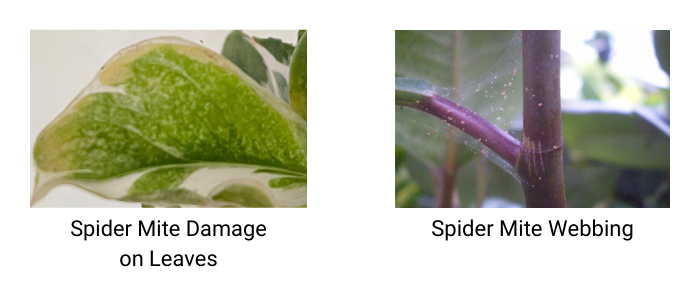
Appearance
Adult spider mites are often too small to see with the naked eye. They look like tiny flecks of dirt and range in color from brown and red to white. They will move around if you watch for long enough. They usually gather on the underside of the leaves, nearer to the stem.
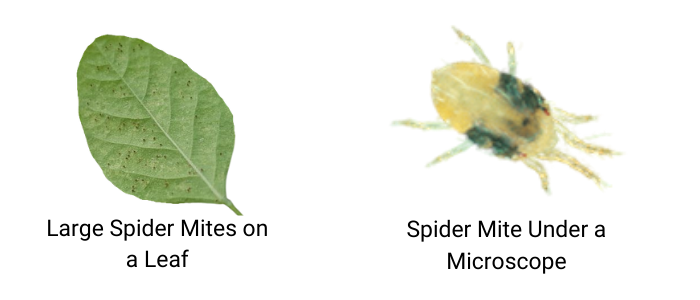
Solutions
Spider mites are attracted to dry and arid areas, so they are fairly common in Colorado houseplants. To stop an infestation from starting, you can spray or wipe your plants with diluted neem oil once every few weeks. Only spray in the early morning or in the evening to avoid burning your leaves. Check the leaves (especially the undersides) and stems regularly so you can catch them early if they decide to move in.
To treat an already started infestation, you want to:
First, quarantine any plants that show signs of spider mites.
Next, spray your plants’ leaves with water using a sink, hose, or shower to remove most of the spider mites and their webs. During this process, be careful to not drench the soil – keep the stream aimed at only the foliage to avoid drowning your plant. If your plant has delicate foliage that will not stand up to being sprayed, you can gently dip the plant in water (only the leaves and stems, not the pot) and gently swirl to remove the spider mites.
Then, either spray or gently wipe diluted neem oil on to all of the leaves and stems of the plant. Apply the neem oil either early in the morning or late in the evening to avoid burning the leaves in any intense daytime light. Continue this treatment every 4 days, until all signs of spider mites have been gone for at least 3 weeks.
If the infestation persists, you can switch to a spinosad treatment. You can find these products at your local garden store. It is recommended that you use these products outside only unless the bottle is specifically marked for indoor use.
Always follow the directions for your safety and the safety of your family, pets and plants.
Once the infestation is gone (you have seen no signs of spider mites for at least 3 weeks), you can cut off any leaves that show spider mite damage so your plant has more energy for new, healthy growth.
Mealybugs
Effect on the Plant
Mealybugs also feed on the sugary sap within the leaves – they typically leave behind dark round circles on the leaves. Once the damage is extensive enough, the leaf will wilt and fall off. Mealybugs also leave behind a very fine white webbing that is often woven in tight spheres, making them look like small, plush, white balls.
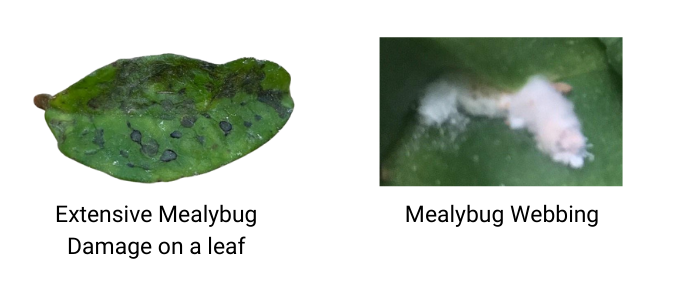
Appearance
Adult mealybugs most often look like small white circles to the naked eye, however they can get large enough to see the definition in their many legs without a microscope. The larvae are very small and usually opaque yellow, and they are too small to be seen with the naked eye.
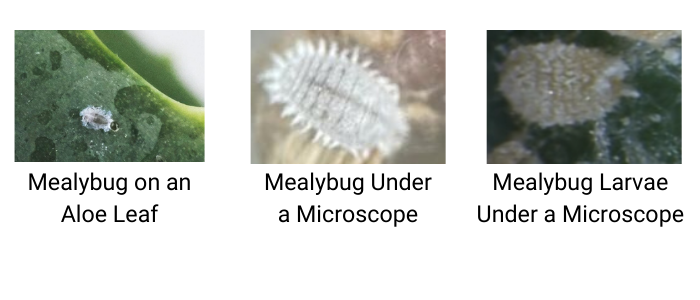
Solutions
Mealy bugs are attracted to soft plant matter, so they are usually found on plants that have been overwatered (causing the leaves to go soft). They are also attracted to high nitrogen levels, so over fertilizing your plants can attract them as well. Be sure to only water when your plant needs it, and have a well draining potting mix. Treating your plants and soil with diluted neem oil will also keep mealybugs away.
To treat an already started infestation, you want to:
First, inspect all of your plants carefully and quarantine any that show signs of mealybugs.
Next, you should remove all of the mealybugs you can see by using a Q-tip dipped in 3% rubbing alcohol. Throw away the removed mealybugs somewhere outside of your house.
Then, treat all affected plants with diluted neem oil every 4-7 days (depending on the severity of the infestation) for around 6 weeks.
Once the infestation is gone, remove all leaves that show signs of mealybug damage.
Always follow the directions for your safety and the safety of your family, pets and plants.
Scale Insects
Effect on the Plant
Scale insects feed on the sap found in the leaves and stems of houseplants, so they will leave small yellow or brown spots behind. They also excrete a sticky sap, that attracts ants.
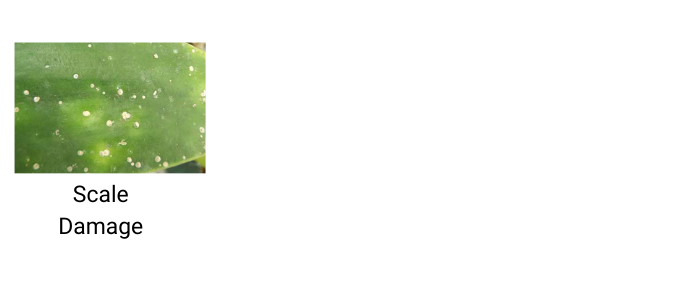
Appearance
Adult scale looks very similar to the damage it leaves behind. They are small, circular and flat. It is common to confuse a scale bug with a the normal damage you would see on a healthy leaf or stem. You can try scraping the brown area off with your fingernail, and if it comes off easily and does not leave behind an open wound on the plant, it is likely scale. The adults are usually between 1/8″ to 1/4″ in size.
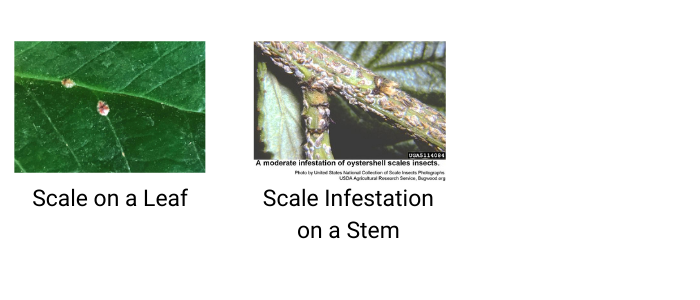
Solutions
Scale insects are very easy to mistake as a part of the plant, so it is important to inspect your houseplants often. Look for the sticky sap they leave behind or any increase in ants present around your plants.
To treat an already started infestation, you want to:
First, inspect all of your plants carefully and quarantine any that show signs of scale.
Next, you should remove all of the scale you can see by using your fingernail or a pair of tweezers. Try not to damage the surface of the plant too much during the removal process. Throw away the removed scale somewhere outside of your house.
Next, treat all affected plants with diluted neem oil every 4-7 days (depending on the severity of the infestation) for around 6 weeks.
Once the infestation is gone, remove all leaves that show signs of scale damage.
Always follow the directions for your safety and the safety of your family, pets and plants.
Aphids
Effect on the Plant
Aphids suck the sap of your plants and leave behind a sticky substance called honeydew. Sometimes the first sign of an infestation is an uptick in ants present on your plants because they are attracted to the honeydew. Aphids will often leave small holes behind in the leaves they have fed on.
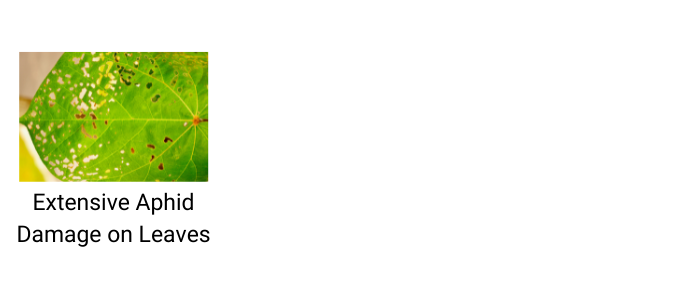
Appearance
Adult aphids are some of the easiest pests to spot – but they are still quite small. Adults vary in color from dark brown and red to white or bright green. They can be seen without a microscope.
Aphid eggs are tiny, oblong and usually a light green or white color. They can be seen stuck on the underside of leaves, but are sometimes housed in a light gray casing that resembles dust or dirt.
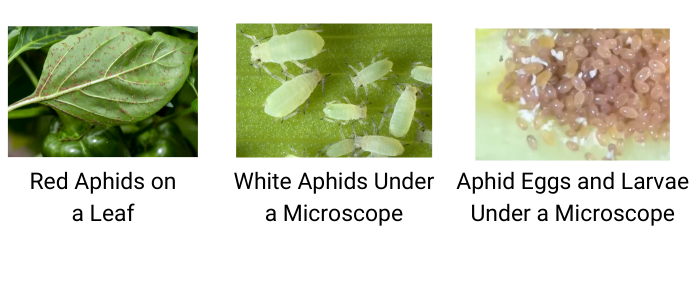
Solutions
Aphids can come into the house through open windows or in contaminated soil and plants. To keep aphids from reaching your houseplants, be sure to thoroughly inspect any new houseplants or potting soil for signs of insect activity.
To treat an already started infestation, you want to:
First, inspect all of your plants carefully and quarantine any that show signs of aphids.
Next, spray your plants’ leaves with water using a sink, hose or shower to remove most of the aphids. During this process, be careful to not drench the soil. Keep the stream aimed at only the foliage to avoid drowning your plant. If your plant has delicate foliage that will not stand up to being sprayed, you can gently dip the plant in water (only the leaves and stems, not the pot) and gently swirl to remove the aphids.
Then prune all of the affected foliage.
From here, there are a few effective options to stop the aphids from coming back.
Predatory insects – you can release ladybugs or green lacewings to control aphid populations. This is usually a more popular choice for those growing in outdoor greenhouses, but some do not mind having ladybugs in their house. Keep in mind, these predatory insects will die off once the aphids are gone.
You can also kill aphids with neem oil. Spray or wipe your plants thoroughly (tops and bottoms of the leaves and stems) with diluted neem oil every 4-7 days, depending on the severity of the infestation. You should treat until the aphids have been gone for about a month.
Always follow the directions for your safety and the safety of your family, pets and plants.
Back to Blog